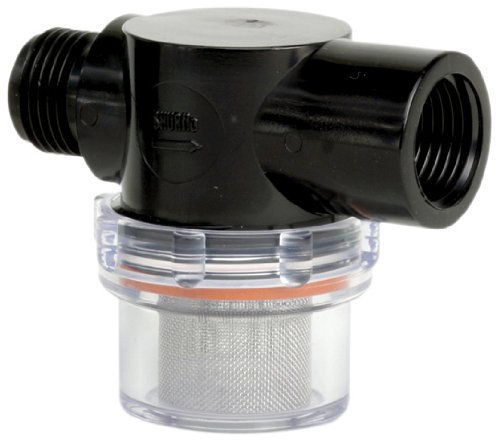seven9st_surfer
Well-Known Member
I've been doing BIAB for a few years now, and want to make the switch to eBIAB with a recirculating mash, using one of these 24v pumps. My concern is that all the sediment that I get in the mash will clog the pump up. I know recirculating mash eBIAB is doable, I'm just wondering how people are guarding against a clogged pump. And I know someone is going to say to just buy a Chugger or March pump, but it's a bit out of the budget right now, especially after doing a full electric conversion with a control panel.
Currently, I'm using this bag from Morebeer. It's worked okay, but I'm wondering if getting a new bag from either Wilserbrewer or Brewinabag.com will help filter some more of the trub out. My bag says it's made from nylon, not voile, so I'm guessing a voile bag would be better?
Or, should I add some sort of filter to my pickup tube? Right now, I've got an unfiltered side pickup for whirlpooling, then filtering with a 400 micron screen before going into the fermenter. Should I add a bazooka screen or something to my pickup tube?
Or just do both a new voile bag and a pickup tube screen? Or something else?
Currently, I'm using this bag from Morebeer. It's worked okay, but I'm wondering if getting a new bag from either Wilserbrewer or Brewinabag.com will help filter some more of the trub out. My bag says it's made from nylon, not voile, so I'm guessing a voile bag would be better?
Or, should I add some sort of filter to my pickup tube? Right now, I've got an unfiltered side pickup for whirlpooling, then filtering with a 400 micron screen before going into the fermenter. Should I add a bazooka screen or something to my pickup tube?
Or just do both a new voile bag and a pickup tube screen? Or something else?
Last edited by a moderator:







